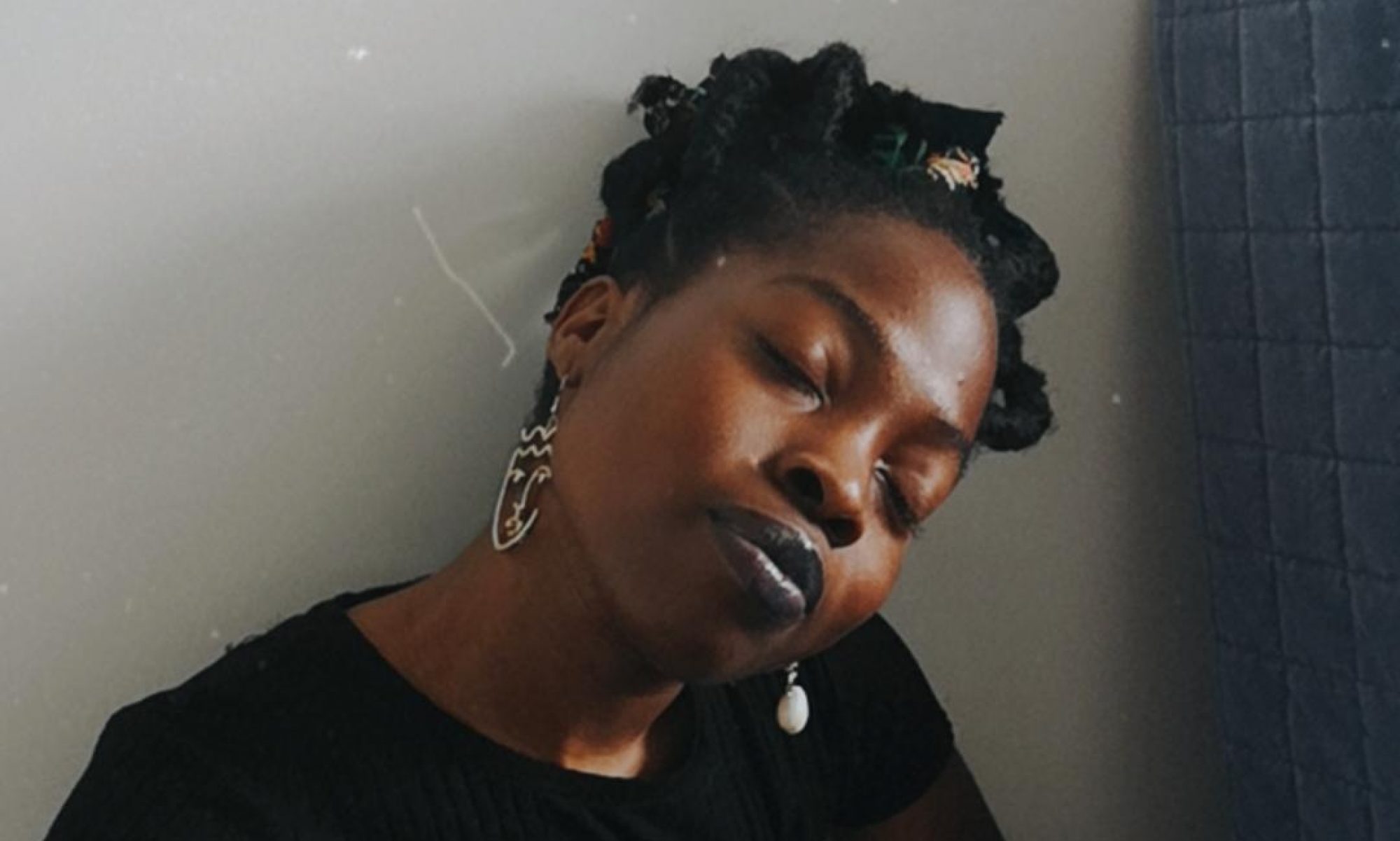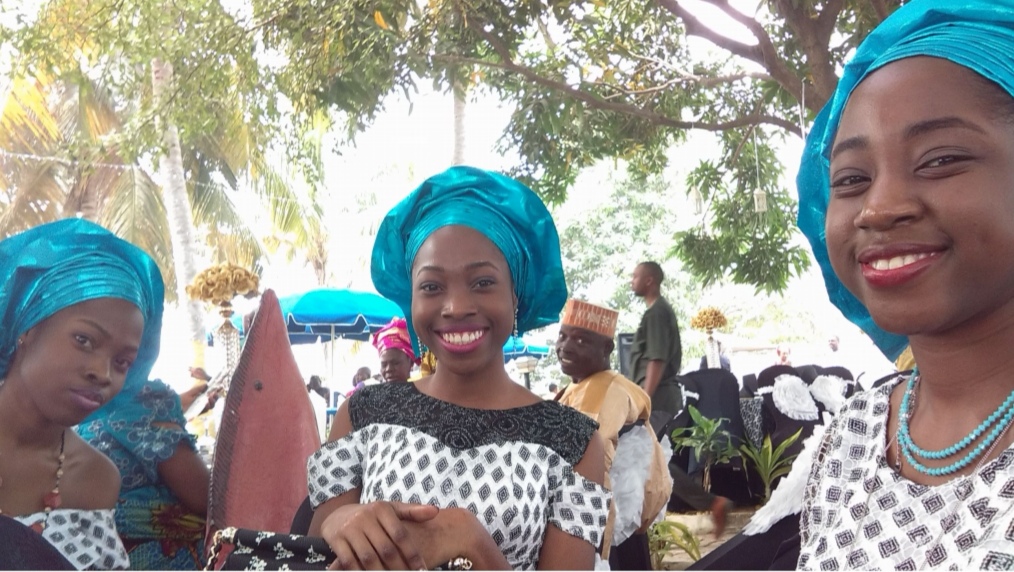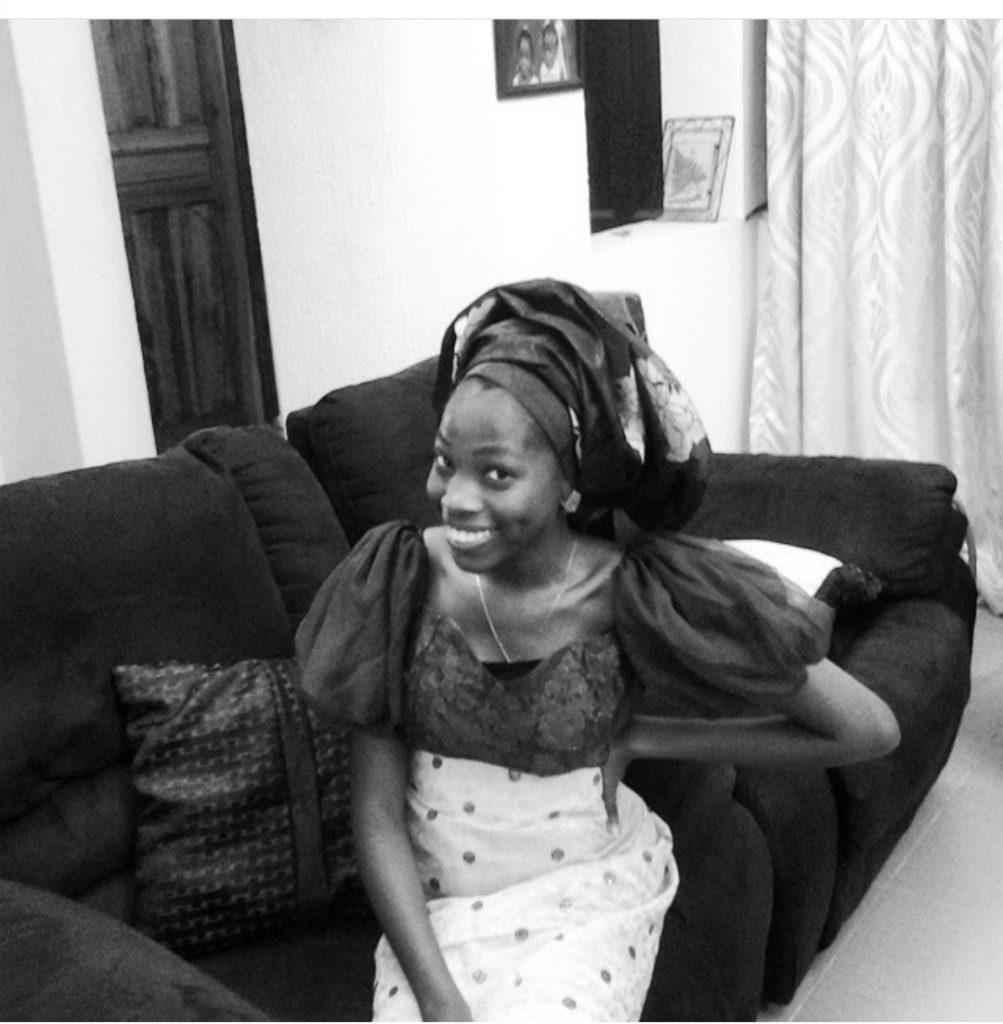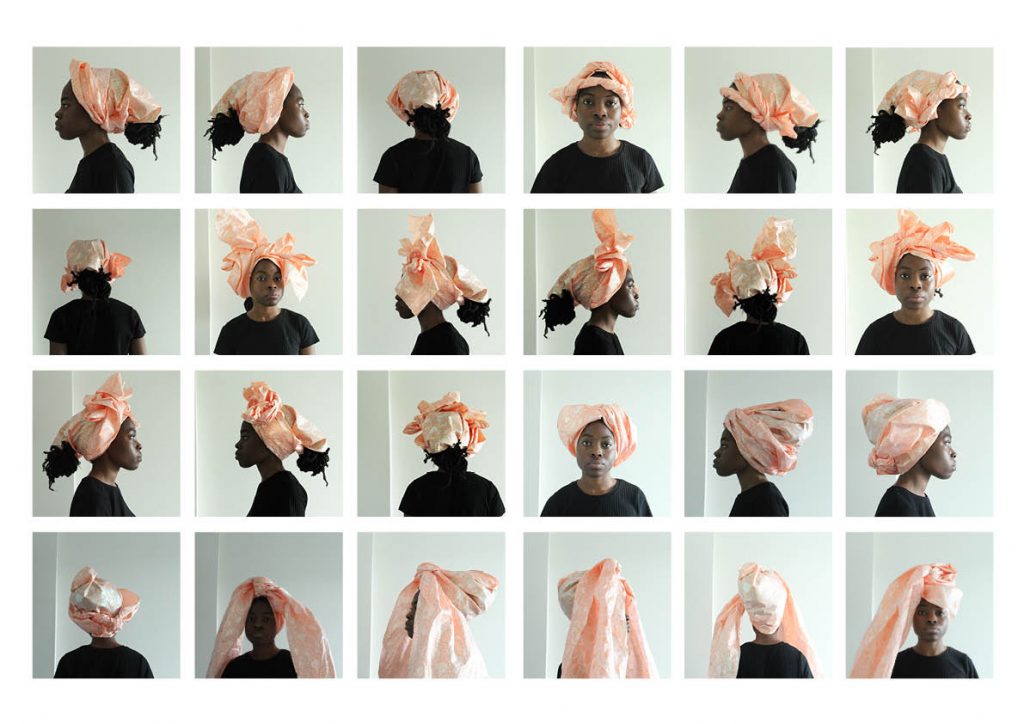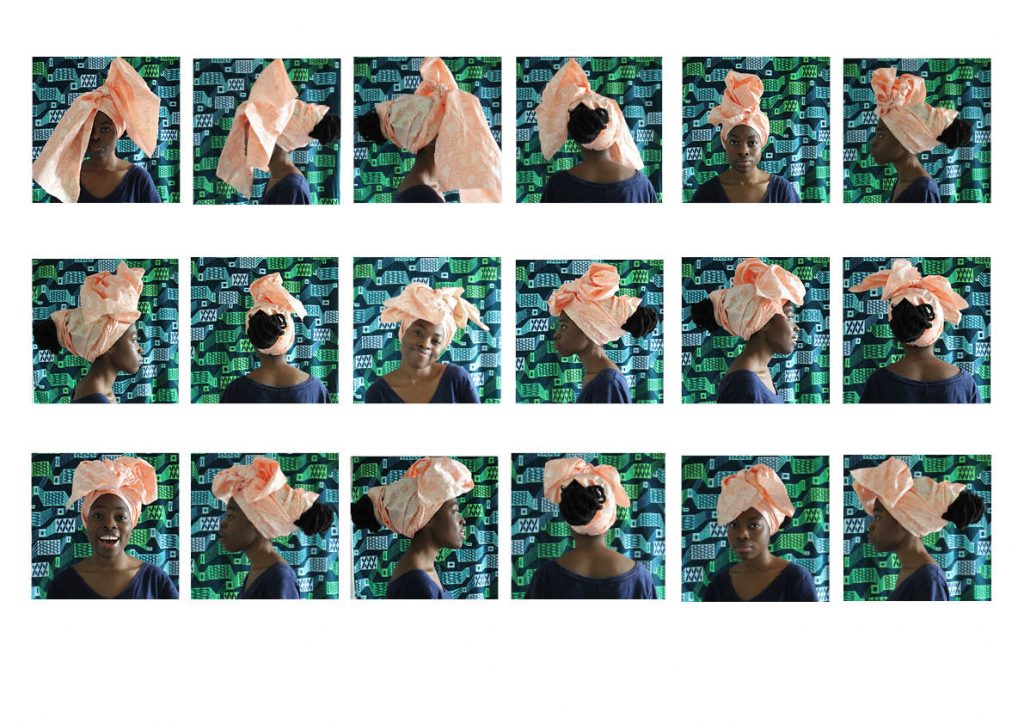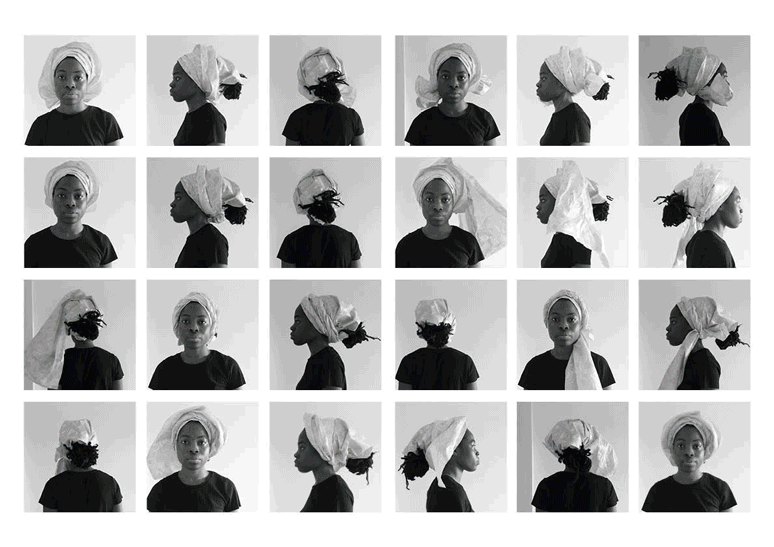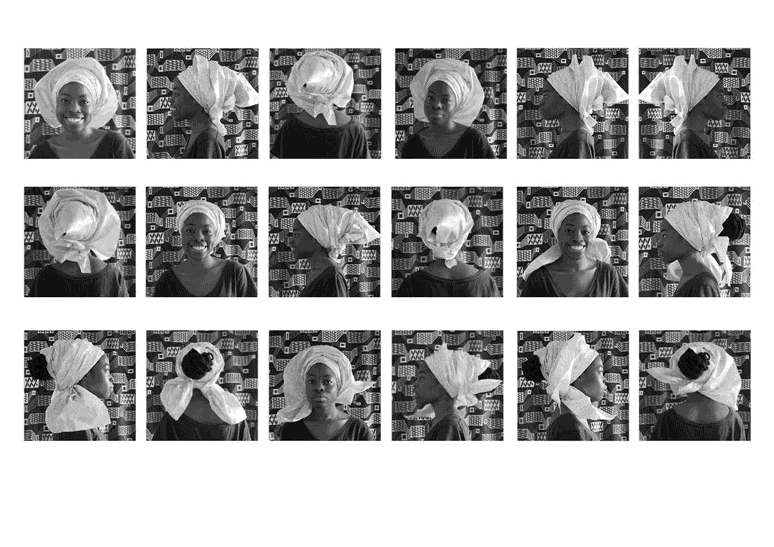I ‘m not finished yet…
I wrote the poems below, ‘Gele vs The Gele’ as a response to a conversation I had with my supervisor about putting an article ‘the’ before Gele when referring to it in writing. We were talking about the discomfort I was experiencing when I put those words together and how they made it feel distant from self.
Now picture this,
I was my mum’s fashion designer long before I actually got my degree “Sola come and help me pick which Gele to wear to Kunle’s wedding” My Uncle Kunle is getting married “From the guest room?”
“Yes”
I open the light brown wardrobe in the guest room and stare for ages What to pick? Stacks of Gele, all aso-oke on top and all brocade under arranged by pair by my mother, of course She always matches them- the gele and ipele together.
“Oya o Sola!! Bring the Gele now!”
I took two kinds to her “I brought two o, I’m not sure. The Gold one and the Green and Black one” Side by side we placed them together with the wrapper
Then we agreed
“The Green and Black Gele works better” “Oya return”, she hands me the Gold one “Thank you”
Seun, my older sister decides to tie Gele My uncle says “ah ahn, even Seun is wearing Gele” Admiring her style of dressing to his wedding.
Vs
As you can see in this picture, the woman is wearing the Gele
The Gele that the Yoruba people of Nigeria wear as traditional clothing.
//
“…Bring the Gele now!”
The Gele here because it is untied, it is not yet part of the woman but it is still not seen as completely foreign to the Yoruba woman’s experience hence, “Sola come and help me pick which Gele to wear to Kunle’s wedding”. The story of Gele in the wardrobe is different from the story of ‘the Gele’ as an object of spectatorship that is flattened to what it is in a context it does not belong to.


